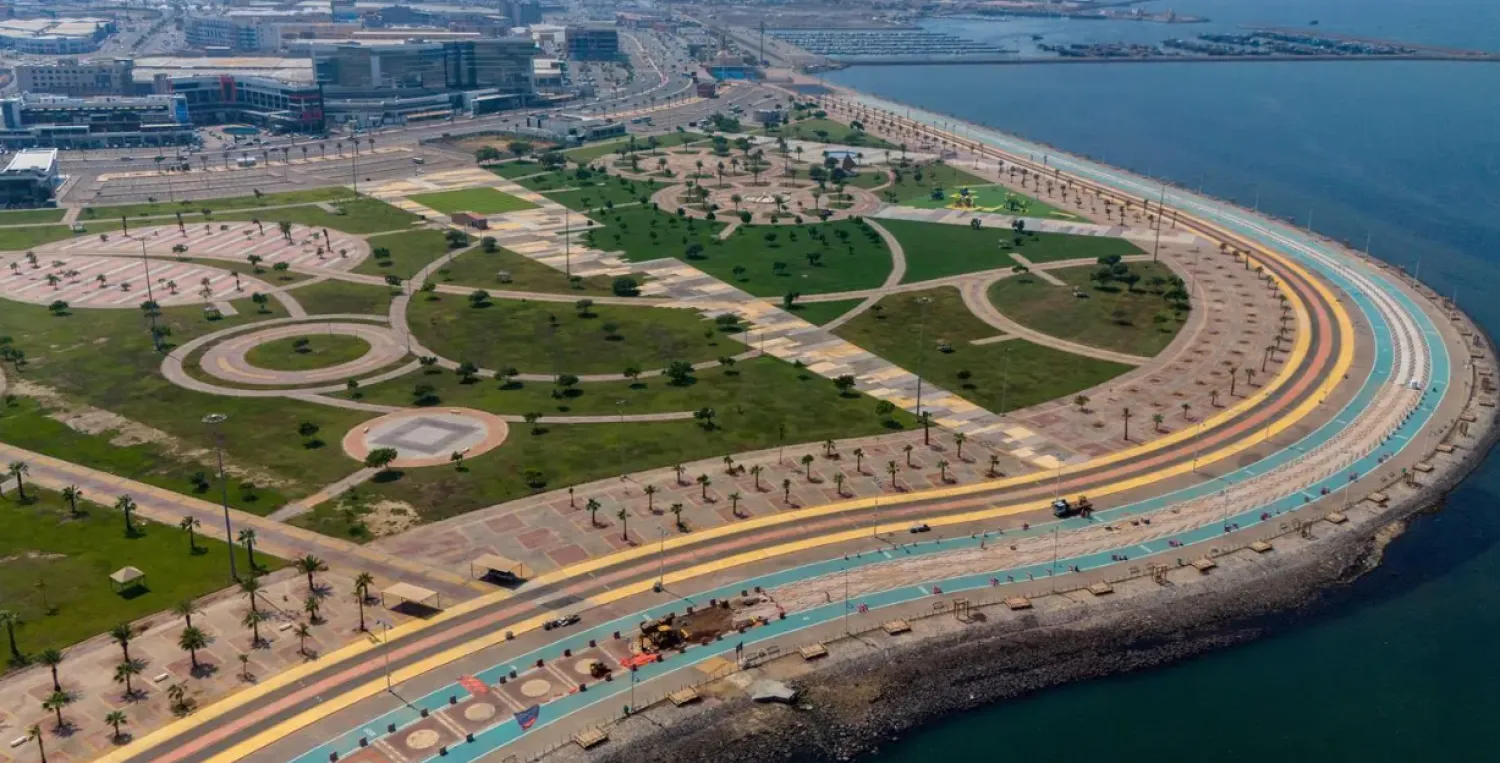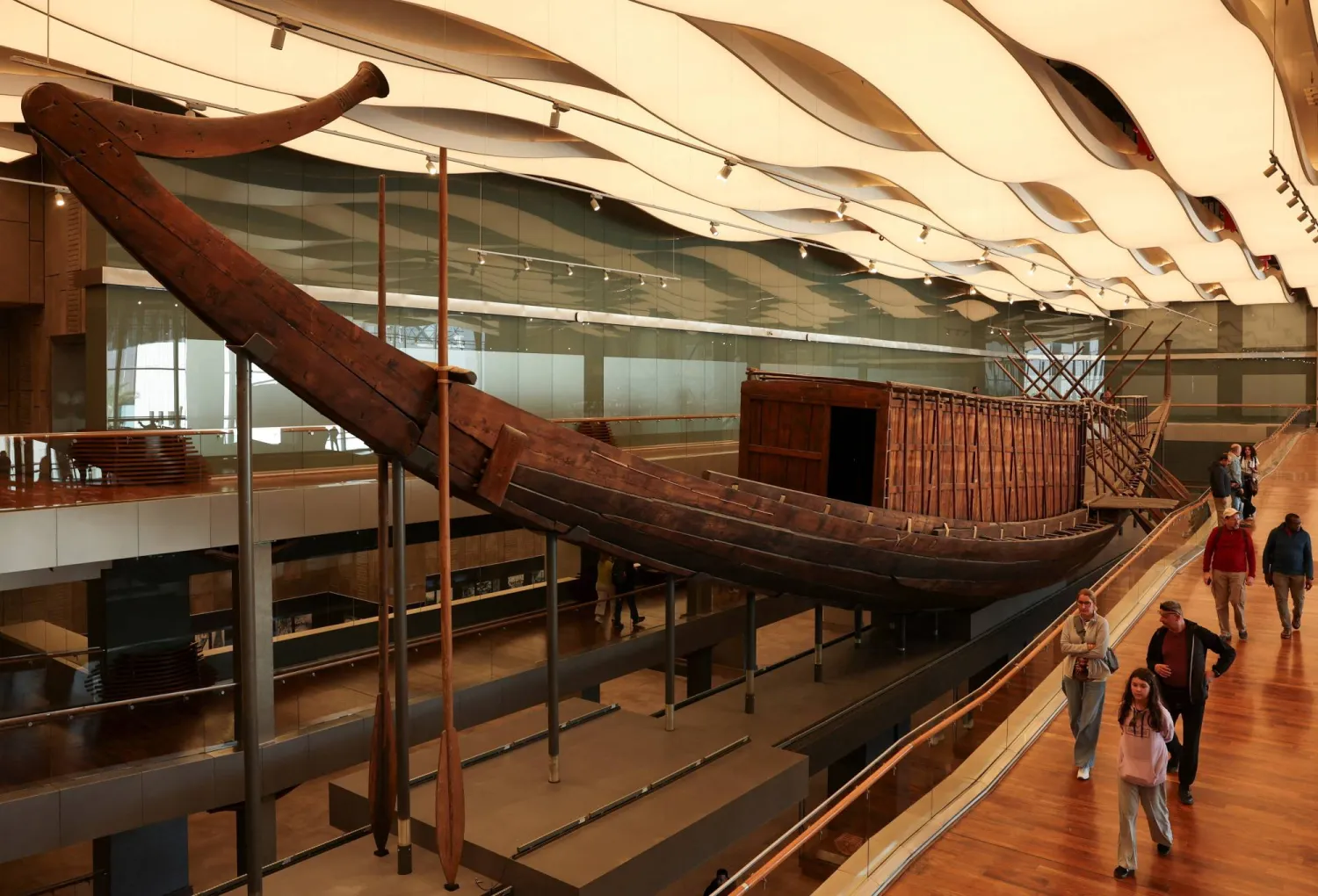A Chinese cultural delegation has visited the King Abdulaziz Public Library (KAPL) in Riyadh.
The delegation was briefed on Wednesday on the library's programs, activities, and artistic and cultural exhibitions. The visit aimed to facilitate cognitive and scientific dialogue between Saudi and Chinese cultures and introduce students and scholars to the most prominent features of ancient and contemporary cultures.
The library also celebrated the Year of the Camel, which was declared by the Ministry of Culture for 2024. A luncheon was held in a camp outside Riyadh, which included various cultural activities such as learning about camels, their breeding, and their upbringing in the Kingdom's desert and on the Arabian Peninsula. Additionally, the library displayed a group of publications related to camels.
In recent years, Saudi-Chinese cultural relations have witnessed remarkable interaction represented by cultural exchange and the holding of various events.
Since the establishment of the KAPL branch at Beijing University, the library has held many events about Saudi and Arabic literature and introduced them to China.
It is also currently translating some examples of Saudi and Arabic literature into Chinese while translating several Chinese literary publications and books into Arabic.









